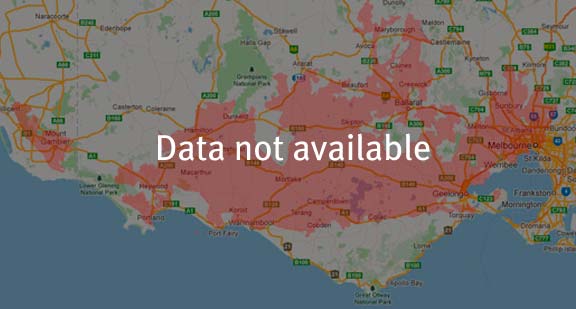A range of teacher professional learning programs will be developed to accompany the Biodiversity of the Western Volcanic Plains online outreach...

Grass Mantis
Archimantis latistyla
Solitary. Keeps very still for long periods to ambush prey as it moves past, seizing prey with their strong forelegs. Females lay distinctive, light yellowish-brown egg masses, usually attached to a shrub. The egg cases are about the size of a squash ball and have a thick papery outer layer. The young hatch out as small versions of the adult.
| Details | Description |
| Type | Invertebrate |
| Group | Insect - Mantis |
| Other Common Names | Brown Mantis, Stick Mantis |
| Identifying Characteristics | |
| Distinctive Markings | Large bulging eyes in a triangular head, which may have some blue markings. |
| Diet | Carnivore. Eats insects and other invertebrates. |
| Habitat | Lives on shrubs and among long grass in open forest in coastal eastern Australia. Found in suburban gardens. |
| Native Status | Native to Australia |
| Taxonomy | |
| Phylum | Arthropoda |
| Class | Insecta |
| Order | Mantodea |
| Family | Mantidae |
| Genus | Archimantis |
| Species | latistyla |

Distribution maps indicate current and historic locations where species have been sighted.
Source: Atlas of Living Australia
| Conservation Status | |
| DEPI Advisory List | Not listed |
| FFG Act | Not listed |
| EPBC Act | Not listed |
The conservation status of species is listed within Victoria and Australia.
The Department of Environment and Primary Industry (DEPI) Advisory List consists of non-statutory advisory lists of rare or threatened flora and fauna within Victoria.
The Flora and Fauna Guarantee Act 1988 (FFG Act) lists threatened species in Victoria. Under the Act, an Action Statement is produced for each listed species.
The Environment Protection and Biodiversity Conservation Act 1999 (EPBC Act) is the Australian Government’s key piece of environmental legislation, listing nationally threatened native species and ecological communities.



